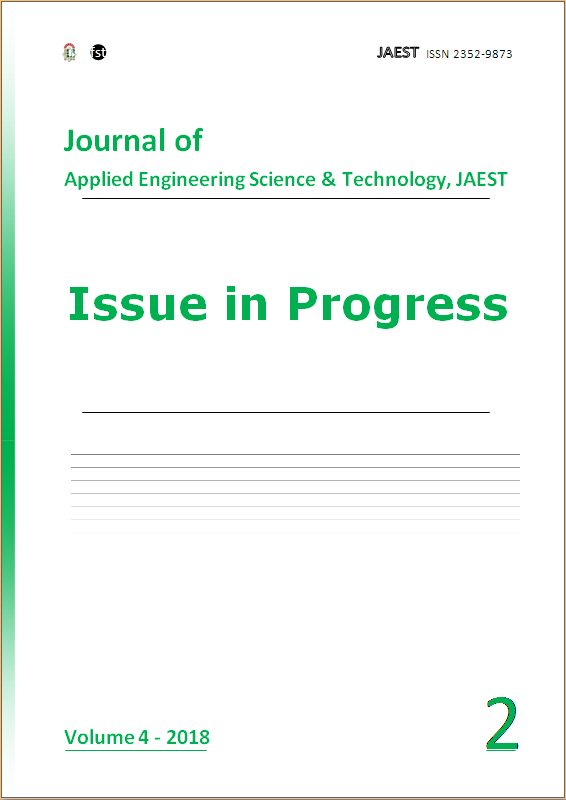Numerical modeling of the prestressing losses in prestressed concrete beams by modal analysis method
Abstract
In this paper, a numerical modal analysis method is carried out to investigate the effect of cable strain loss on the natural frequencies in prestressed concrete beams. A simply supported concrete beam is modeled using the commercial finite element code ABAQUS. The beam is composed of concrete and prestressing strands. Firstly, a general geometrically nonlinear static analysis is carried out on the beam in order to obtain the camber deflection under different prestressing magnitudes. The obtained equilibrium configuration is then used to perform a linear and nonlinear modal analysis. Thereby, a three dimensional finite element C3D8 is used for the concrete in combination with a damaged plasticity model (CDP) are considered. Whereas, the prestressing strands are modeled with an embedded T2D2 truss element. The obtained results show a good agreement with previous numerical and experimental works in literature. Furthermore, the study showed that the safety of prestressed beams depend mainly on the level of prestressing load.
J. Appl. Eng. Sci. Technol. (JAEST - ISSN 2352-9873) is a peer-reviewed quarterly journal dedicated to the applied engineering sciences and technology. The JAEST provides immediate open access to its content on the principle that making research freely available to the public supports a greater global exchange of knowledge.
There is no submission or publication fee for papers published in the JAEST.
Authors who publish in the JAEST agree to the following terms:
- Authors retain copyright and grant the journal right of first publication with the work simultaneously licensed under a Creative Commons Attribution License that allows others to share the work with an acknowledgement of the work's authorship and initial publication in the JAEST.
- Authors are able to enter into separate, additional contractual arrangements for the non-exclusive distribution of the journal's published version of the work (e.g., post it to an institutional repository or publish it in a book), with an acknowledgement of its initial publication in the JAEST.
- Authors are permitted to post their work online (e.g., in institutional repositories or on their website) prior to and during the submission process, as it can lead to productive exchanges, as well as earlier and greater citation of published work (See The Effect of Open Access). Any such posting made before acceptance and publication of the Work shall be updated upon publication to include a reference to the JAEST and a link to the online abstract for the final published Work in the Journal.






